This Southern Metropolis: Life in Antebellum Mobile
By Mike Bunn
NewSouth Books, an imprint of The University of Georgia Press, 2024
Hardcover: $119.95; Paperback: $27.95
Genre: History; Travel Writing
Reviewed by Edward Journey
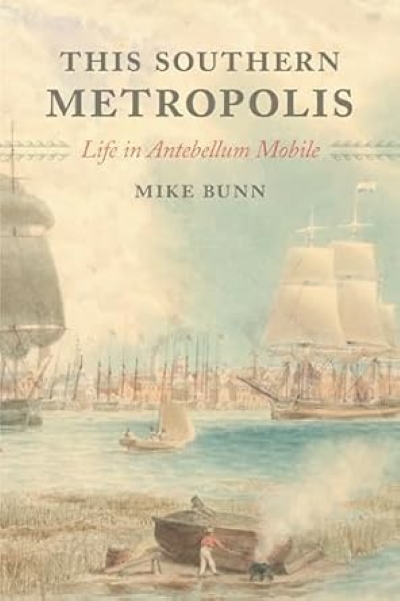 Mike Bunn’s Fourteenth Colony: The Forgotten Story of the Gulf South during America’s Revolutionary Era is one of the most colorful and intriguing histories I have read recently. Extensive research and primary sources bring a lesser-known colonial history to vibrant life. Now, author and historian Bunn – the director of Historic Blakeley State Park in Baldwin County, Alabama – has unleashed his meticulous research skills on the city of Mobile in This Southern Metropolis: Life in Antebellum Mobile.
Mike Bunn’s Fourteenth Colony: The Forgotten Story of the Gulf South during America’s Revolutionary Era is one of the most colorful and intriguing histories I have read recently. Extensive research and primary sources bring a lesser-known colonial history to vibrant life. Now, author and historian Bunn – the director of Historic Blakeley State Park in Baldwin County, Alabama – has unleashed his meticulous research skills on the city of Mobile in This Southern Metropolis: Life in Antebellum Mobile.
Focusing on the writings of travelers and tourists, This Southern Metropolis provides an outsider’s view of the port city with both its glories and its flaws intact. Because of this approach, the book does not spend a lot of time on the viewpoints of the people who lived and worked in the cosmopolitan and thriving city but on how they are viewed and reported on by others. It is an intriguing point of view for those of us who muse on how our city or state or nation is viewed from the “outside” at any given time. Early Mobilians undoubtedly wondered the same, and Bunn culled many opinions here.
One thing that stands out in these descriptions is the weather and what some writers view as a “perfect” climate. Bunn points out that the primary season for tourism and merchants would have usually been from fall into early spring and wonders how these visitors’ opinions of the weather might have been different in high summer. One writer, alas, refers to “the sun shining down upon us like all wrath.” Visitors are aware of the dangers inherent to the hot season with warnings about “a region of malaria” and a British visitor’s understated caution that “neighboring swamps render [Mobile] at certain seasons unhealthy.” During a cholera epidemic, a visitor notes that “handbills with recipes for cures and advertisements for coffins ‘meet one at every turn.’” The slightly higher elevation of the community of Spring Hill, just west of Mobile, turned it into a growing suburb just outside the city with the perception that it was a healthier alternative.
Another point of interest is the omnipresence of cotton in the bustling city. Steamships full of cotton line the wharves on the river, where the constant and grueling activity becomes a tourist attraction. Bunn notes that commentary on the city’s cultural life rarely veers away from the cotton trade. Travelers describe cotton lint in the air and in trees lining streets paved with oyster shells. According to one source, Mobile merchants “talk of cotton by day and dream of it by night.”
Bunn points out the diversity of Mobile and the reactions of visitors to that aspect of the city. During the years he examines, the city population included white, Creole, free Black, enslaved, and a large immigrant component. From 1813 until 1861, a third of Mobile’s population was enslaved, ten percent were slaveholders, and forty percent of Alabama’s free Black population lived in Mobile. Some observers express shock at the city’s intermingling of the white and Black population and at the fact that enslaved people could walk the streets alone to do their tasks. Although there are some discussions of the callous cruelty of slaveholders, and one describes a slave auction as a “sordid but routine event,” Bunn finds that most of the comments about slavery in the city are casual, sometimes dismissive – if it is mentioned at all. A particularly telling incident about the complexity of racial interactions, however, recounts the story of two free Black women of mixed race traveling upriver by steamboat. They are not allowed to eat with either the white passengers or the Black passengers and crew. Instead, they take their meals standing in the ship’s pantry.
Bunn points out that Mobile grew and prospered during the antebellum period despite violence, disease, and fires in an urban area of mostly wooden structures. One visitor describes it as “an extravagant, joyous and free and easy town,” while another describes its inhabitants as “cotton shippers, doctors, alligators, and undertakers.” By the 1820s, Mobile, “to the disgrace of Protestant America,” contained no “proper Protestant place of worship” (but by 1823, one had appeared). Even so, Mobile and New Orleans are condemned by one writer as “hot-beds of sensuality” that cause a “premature death to virtue, public tranquility and domestic happiness.” A large Choctaw camp periodically sprang up just outside the city in the mid-1830s, becoming a landmark tourist attraction. Newspapers, weekly gazettes, bookstores, colleges, and other educational institutions popped up in the city. Theatre thrived, along with a reputation for fine gambling houses. Brothels operated openly, and one “apparently did business in a house with no blinds or curtains and doors that often were left open.”
Egress and ingress into the city and its natural surroundings are dealt with in much detail in the early chapters. The eyes of the beholders are on full display as some visitors comment on the beauty of the area while others view the same setting as ugly and unsavory. The elegant hospitality of houses along Government Street is much praised, and socialite Octavia LeVert’s soirees are particularly singled out. Journalist and renowned landscape architect Frederick Law Olmsted praises the excellence of the Battle House Hotel but is “astonished” when he cannot find a hatter in the city. A local explains that it costs less to order such items. City celebrations like the Marquis de Lafayette’s 1825 visit and the annual (and, yes, first) American Mardi Gras get their due.
Bunn includes an Afterword in which antebellum sites that still exist in the city are discussed, making the book a valuable historical travel guide. The text includes reproductions of maps and documents from the era discussed; I wish those were easier to read and decipher. This Southern Metropolis is eye-opening, entertaining, and, now and then, shocking. Bunn’s sharp eye for detail and delight in the everyday create a vivid portrait of a unique place at a singular time.
Edward Journey, a retired university professor and theatre professional living in Birmingham, regularly shares his essays in the online journal “Professional Southerner” (www.professionalsoutherner.com).

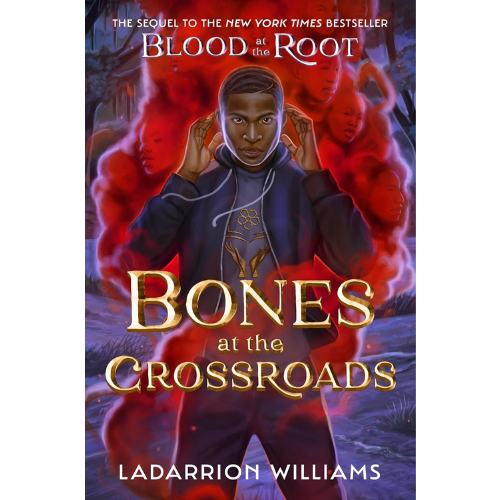
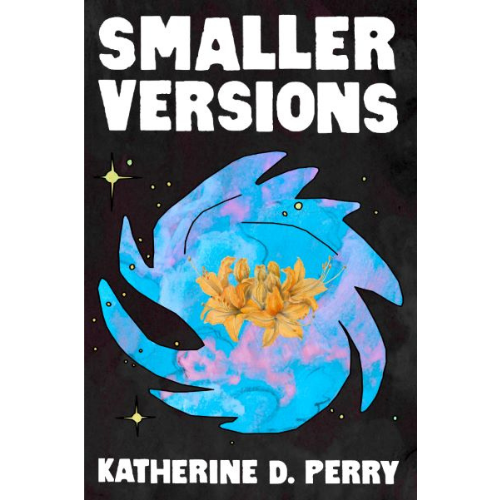
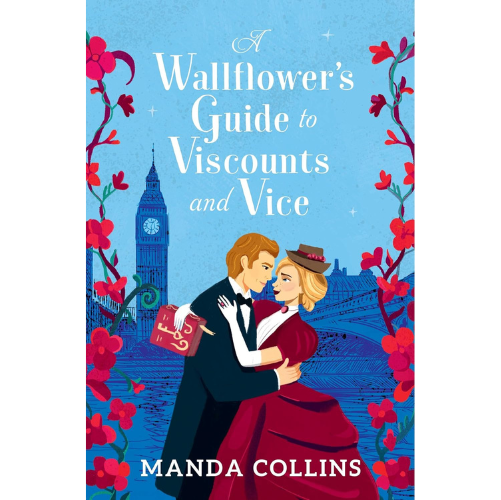
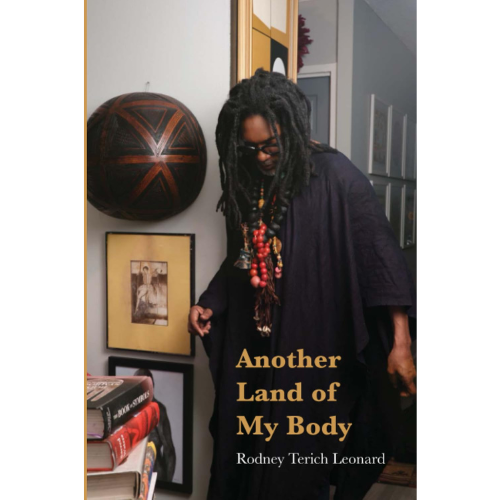

Leave A Comment
You must be logged in to post a comment.